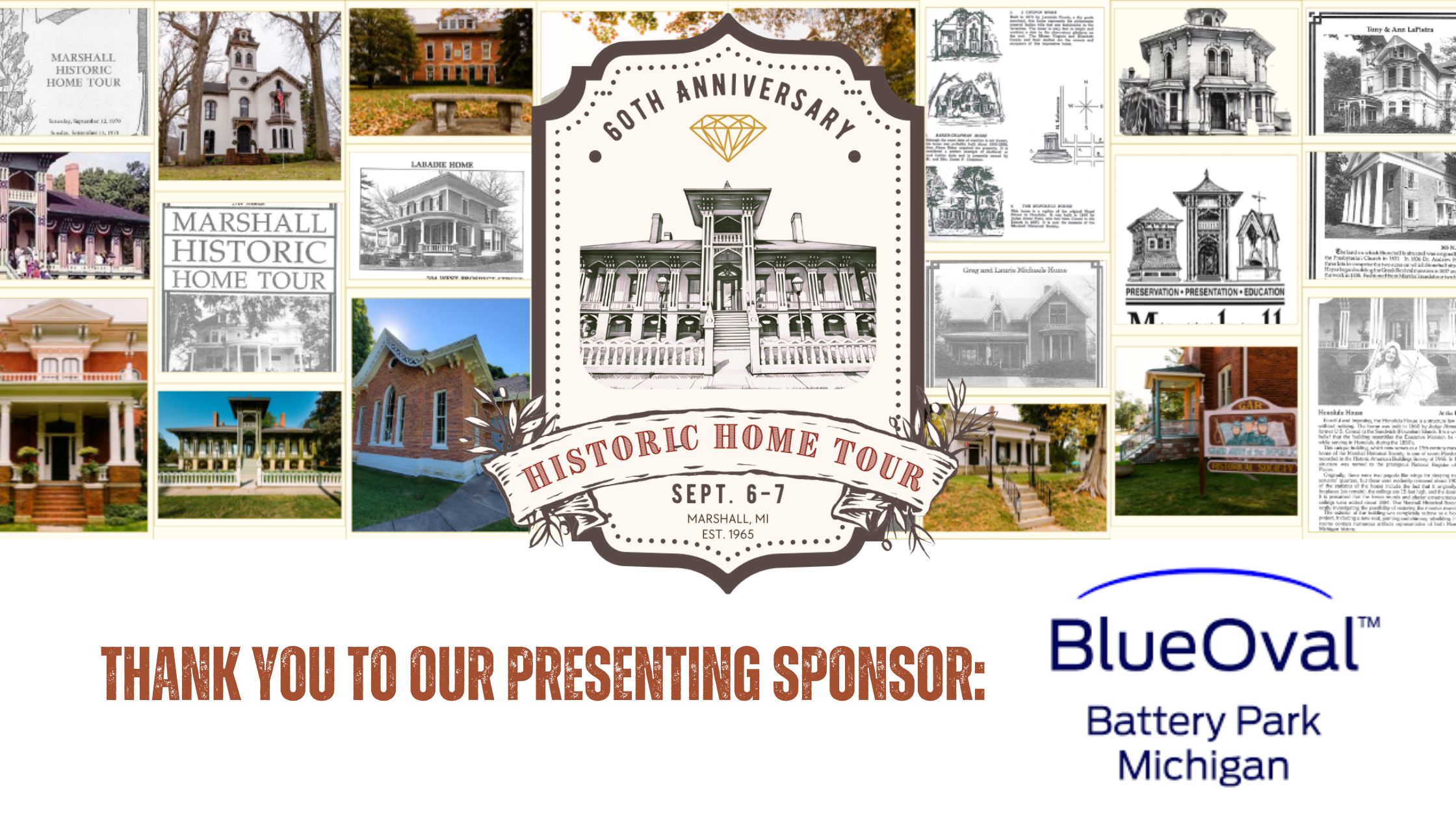
60th Annual Marshall Historic Home Tour
Mark your calendars for September 6th and 7th! The 60th Annual Marshall Historic Home Tour promises a delightful weekend of history, architecture, and community spirit.
Hours: Saturday, September 6th: 9am-5pm | Sunday, September 7th: 10am-5pm.
Tickets: Purchase your tickets online using the link below. Early bird pricing of $25 is available until Labor Day, after which tickets will be full price at $30. Online ticket holders can pick up their tickets at the ticket booth in front of the Honolulu House on the day of the event or at any of the participating homes. Please bring a copy of your email confirmation. Tickets are NOT for sale at the homes. For early pickup, visit the Honolulu House from September 2nd-4th from 4pm-6pm with a printed copy of your email confirmation. TICKETS ARE FULL PRICE ($30) AFTER LABOR DAY.
IMPORTANT NOTE: This is a self driving tour. There will be no bus transportation. Detailed maps with directions are in the ticket booklet.
Art at the Museum: The Art at the Museum show returns for its 12th year on the lawn of the historic Honolulu House Museum at 107 N Kalamazoo Ave. The event runs Saturday from 9 a.m. to 5 p.m. and Sunday from 10 a.m. to 5 p.m. Visitors can browse a wide variety of original, handcrafted artwork created by talented artists from across Michigan. From Petoskey stone picture frames and pottery to candles, soaps, fused glass, and woodworking, there’s something for every taste and budget. The event celebrates local creativity and offers a chance to support artists from the region in a relaxed, outdoor setting.
The Vintage Market: The Vintage Market is back! The event runs Saturday, September 6 from 9 a.m. to 5 p.m. and Sunday, September 7 from 10 a.m. to 5 p.m. It takes place around the Kellogg Community Credit Union at 107 N. Park Ave., rain or shine! You’ll find all kinds of vintage items, antiques, garden decorations, plants, and one-of-a-kind treasures. There will also be live music and food trucks to enjoy while you browse. The event is well known in the area and draws a good crowd. Security will be on-site, and restrooms are nearby to make things easy for visitors.
Honolulu House Ball of 1865: This event will take place at 6 p.m. on Saturday, September 6, right after the home tour. The event is outdoors in front of the Honolulu House Museum at 107 N Kalamazoo Ave. Guests can enjoy light refreshments and music as they gather for an evening of dancing. Historic costumes are only required for the first dance, so everyone is welcome to join in and enjoy the atmosphere.
Stained Glass Window Tour: 9 to 10pm at the Trinity Episcopal Church. Reception starting at 8:30 pm with Hors d’Oeuvres, wine and punch. The 2nd annual tour is led by Brooks Grantier, sharing the history of the windows and the artisans who created them. Wear comfortable shoes, and you can use your phone as a flashlight to illuminate your path in the dark.
Marshall Area Farmers Market: 8am to 1pm on Saturday, September 6th. Located at 124 W. Green St. Offering a wide variety of local and fresh products.
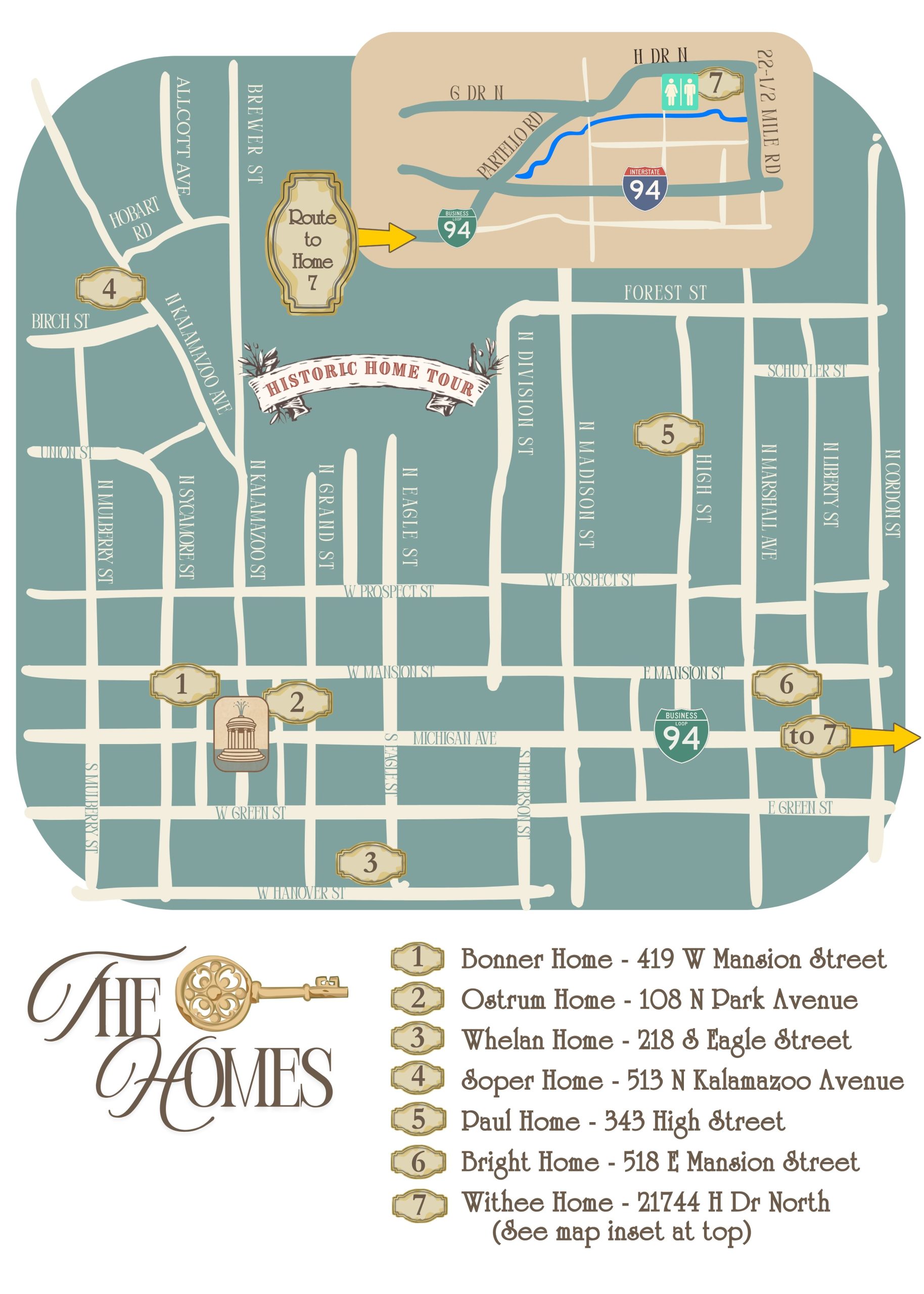
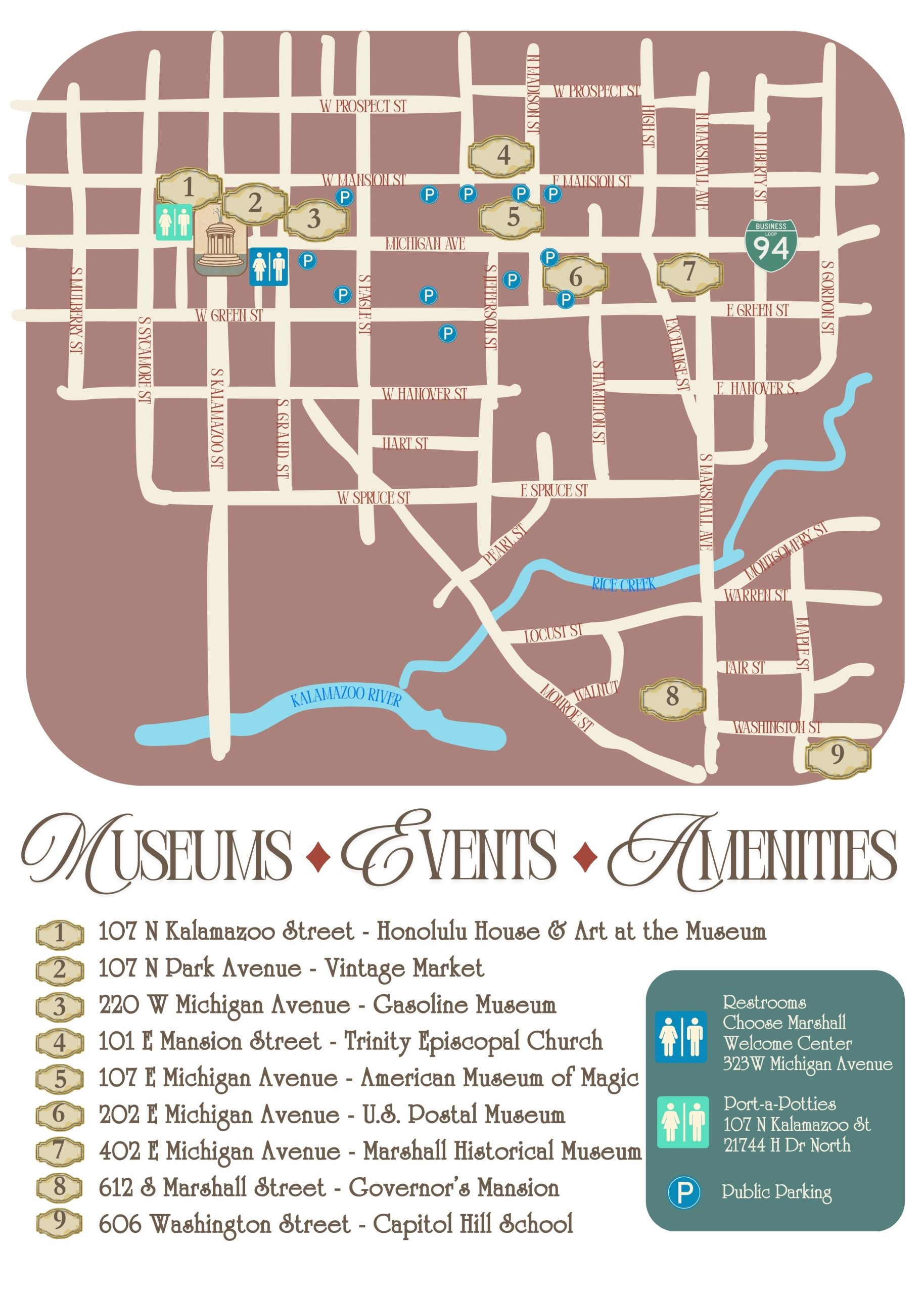
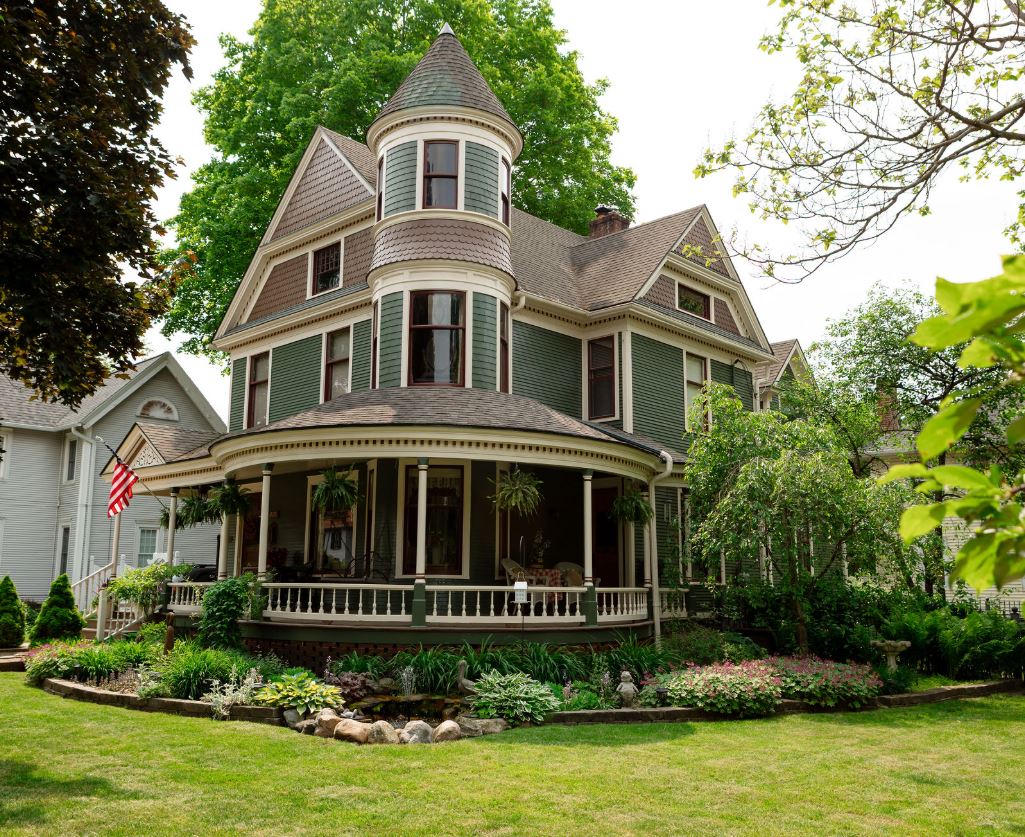
Bonner Home – 419 W Mansion
This striking Queen Anne home at 419 W. Mansion Street in Marshall, Michigan was built in 1893 and has long been a cornerstone of the town’s architectural and personal history. Originally commissioned by lumber merchant Galusha Lamb for druggist Milton B. Powell, the property returned to the Lamb family after just two years and remained with them until 1968.
In 2020, Kieth and Susan Bonner took ownership and launched a thoughtful restoration that honored the home’s character while adding modern conveniences. Original features include a three-story turret, wraparound porch, oak banister, stained glass, and pocket doors. Updates included a new laundry room, kitchen and bathroom remodels, custom woodwork, and a playful attic “LEGO retreat.”
Their work earned the 2023 Marshall Historical Society Preservation Award and ensures this Queen Anne gem will continue to inspire for years to come.
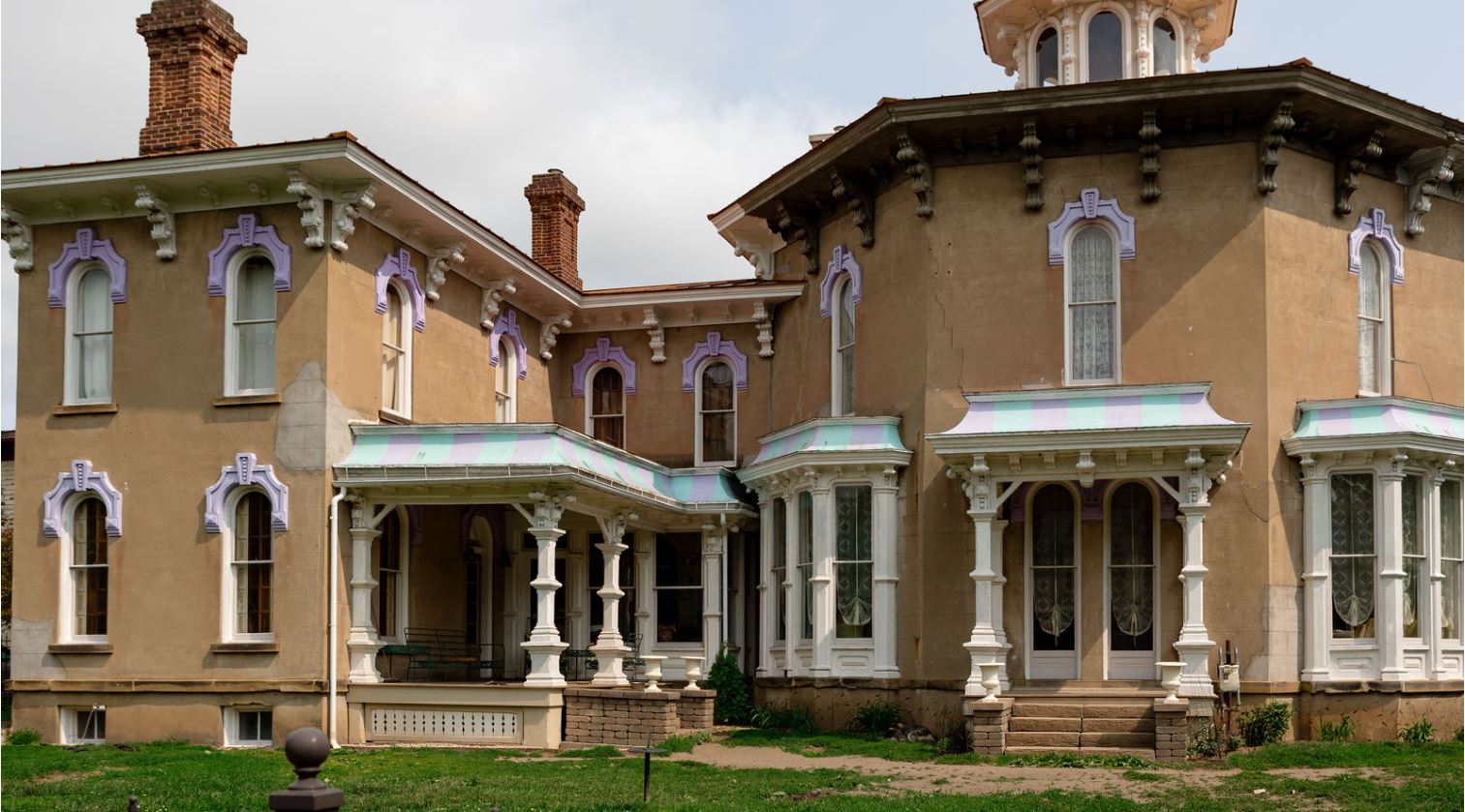
Whelan Home – 218 S Eagle
The Pendleton-Alexander House, also known as Abarthan Place, is a rare Octagon-style home built in 1856—a design popularized by Orson Fowler for its efficiency and light. With fewer than 500 such structures remaining nationwide, it’s a true architectural gem, blending an eight-sided layout with elegant Italianate details.
Originally constructed by Increase Pendleton, the house was expanded in 1875 by Morgan J. Alexander, who added bay windows, porches, gingerbread trim, and a scored stucco exterior. In 1923, it passed to the Mumaw family, who converted the home into rental units during the Great Depression. Longtime tenant Howard Butson inherited it in 1982 and began restoring the original layout.
Current owners George and Debra Whelan purchased the property in 2009 and moved in by 2013. Driven by a love of historic architecture, they’ve led a hands-on restoration effort—reviving the kitchen and several other rooms, including Debra’s faux wood graining artistry that enhances the home’s historic charm. Their dedication continues to breathe new life into one of Marshall’s most distinctive homes.
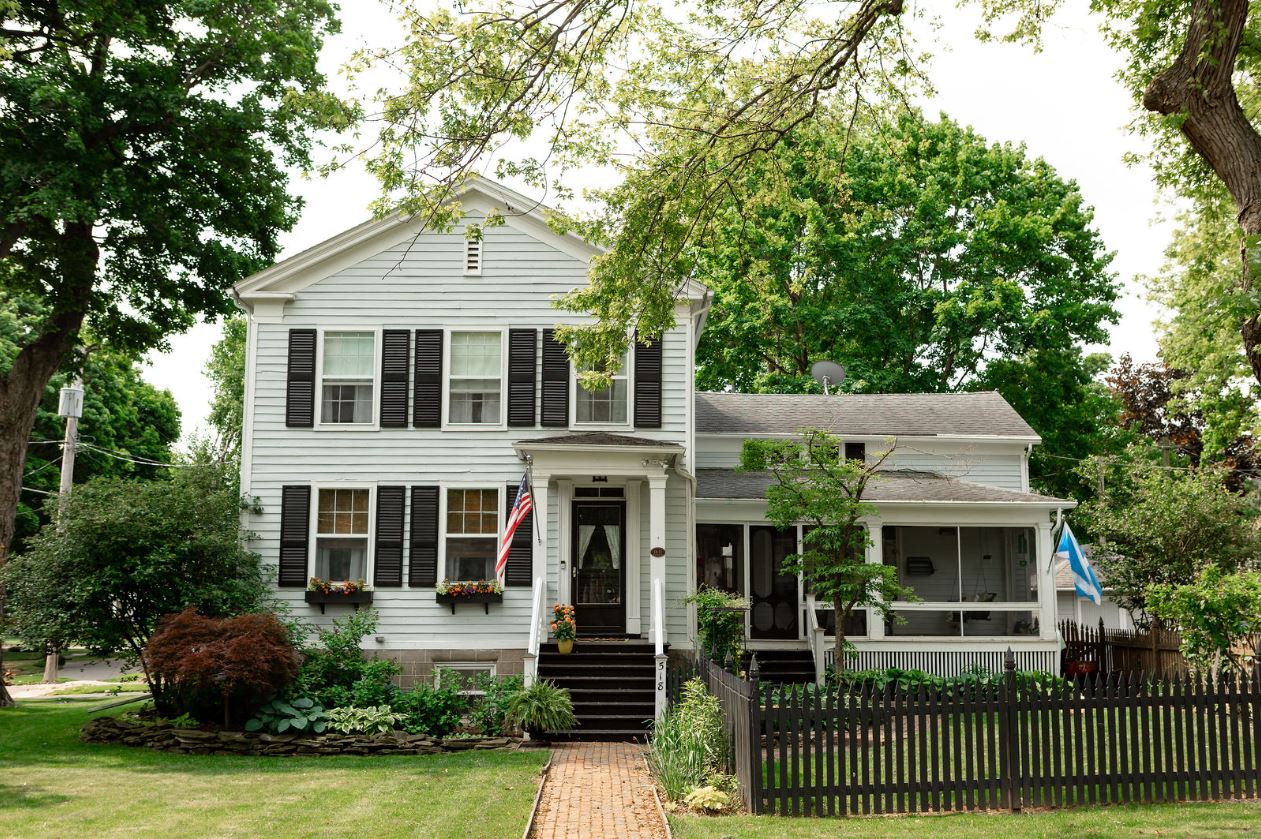
Bright Home – 518 E Mansion
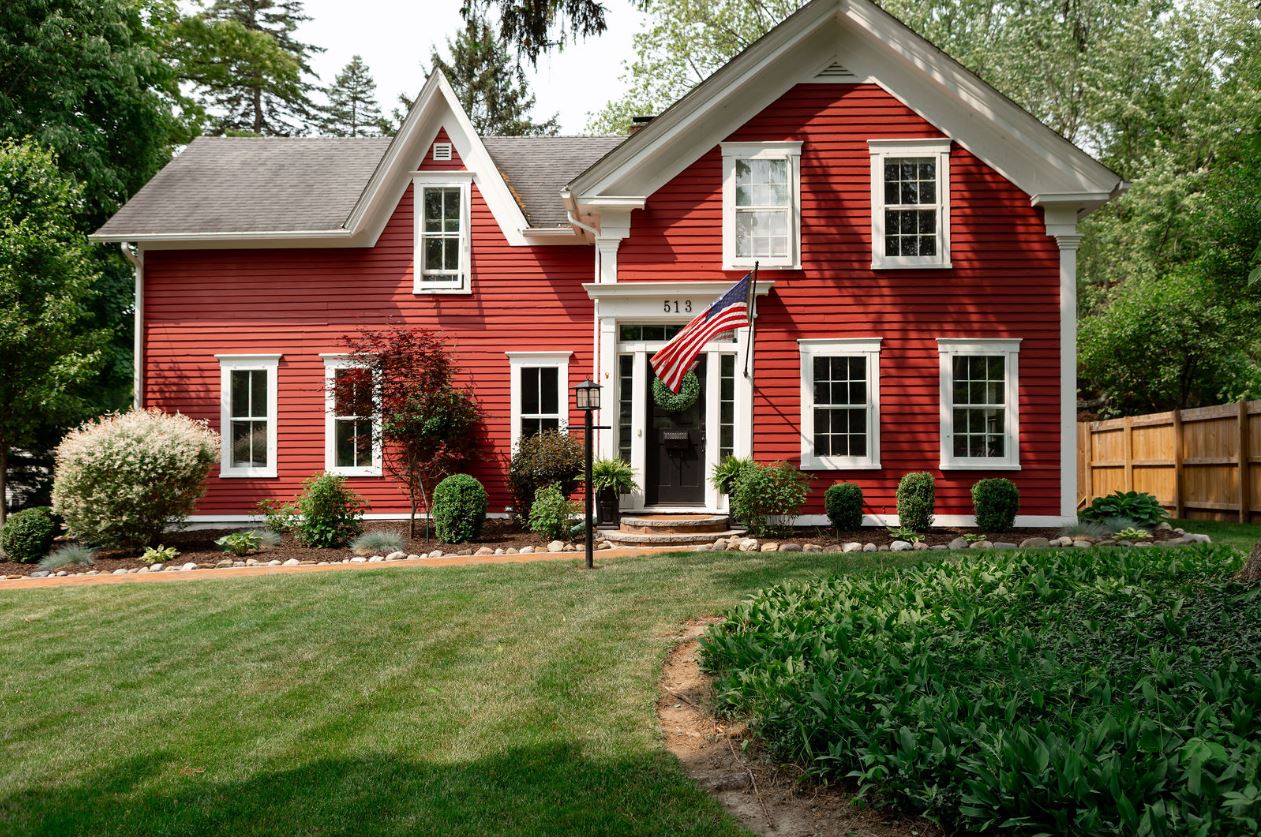
Soper Home – 513 N Kalamazoo
In 1856, Benjamin Linscott acquired part of the property, and by 1867, it passed to Mrs. J.A. Van Horn, as demand for land along the Marshall-Bellvue Plank Road grew rapidly. The house shows signs of phased construction, with Greek Revival hallmarks like a recessed transom-topped door, wide entablature boards, and six-over-six windows. Later additions introduced Gothic features, including a steep-gabled dormer with flat architraves.
Though modified over the years—such as the removal of a south porch—the home stands as a unique mix of architectural history in Marshall.
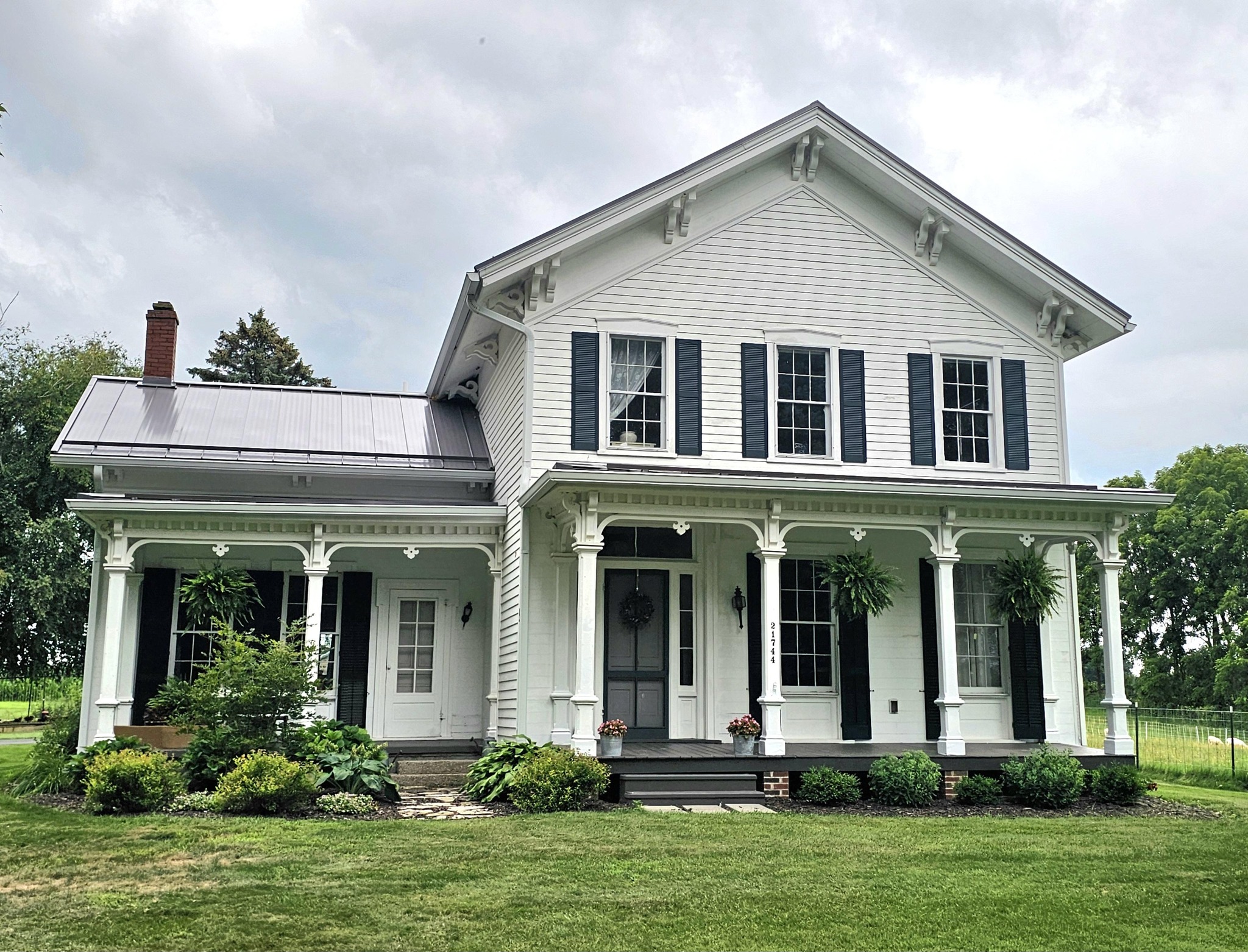
Withee Home – 21744 H Drive North
The house at 21744 H Drive North in Marshall, Michigan is a beautiful example of mid-1800s design called Greek Revival. It was first built between 1836 and 1840 by a man named Melanchthon J. Bagg, with help from his neighbor, carpenter Luther Crossman. In 1866, Crossman added a large section to the house. One special part of the property—a stone smokehouse—still stands from the earliest days.
The story of the home goes beyond just its architecture. The current owner, Joshua Withee, bought it in 2021, but his family’s connection to the house goes way back. His grandfather, Alton B. Withee, was born there in 1922 when his parents were renting it as farmers. Amazingly, Alton’s great-granddaughter—Joshua’s youngest child—was born in the same house in 2023, exactly 101 years later.
Before Joshua took ownership, the Postula family lived there. One of them, Victor Postula, was well known in town and played football at Michigan State.
When Joshua bought the house, he began restoring it, removing updates made during the 1950s and 1960s to bring it back to its original look. His careful work helps preserve an important part of Marshall’s history.
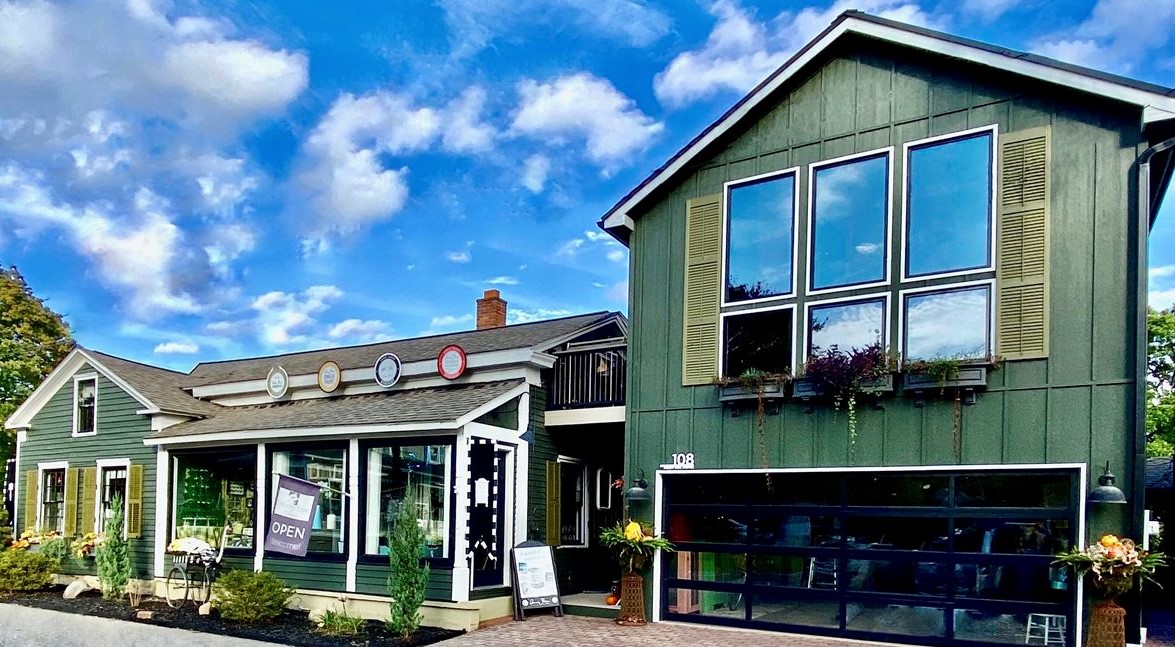
Ostrum Home – 108 N Park Ave
At 108 N. Park Avenue in Marshall, Michigan stands a modest Greek Revival cottage with deep ties to state and national history. Built around 1834 by Isaac Edwin Crary—coauthor of Michigan’s public education blueprint—the home reflects the ideals of democracy and design that shaped the Greek Revival style popular at the time. Crary’s legislative work laid the foundation for Michigan’s school system, public libraries, and ultimately the U.S. Land Grant Act.
Crary’s personal story lives on in Marshall through buildings tied to his life and marriage to Bolona Pratt, daughter of Abner Pratt, whose iconic Honolulu House sits nearby. Over the decades, Crary’s cottage was altered and partially relocated, serving many roles—from private residence to furrier’s shop to chiropractor’s office.
In the 1970s, local residents rescued the condemned structure, and successive owners gave it new life. Today, Bayberry House Interiors—founded in 1988 by owner and designer Janet Ostrum—thrives in the restored space. Since adding a garage and apartment in 2022, Janet now lives and works in this historic home, making hers the longest active stewardship of the property.
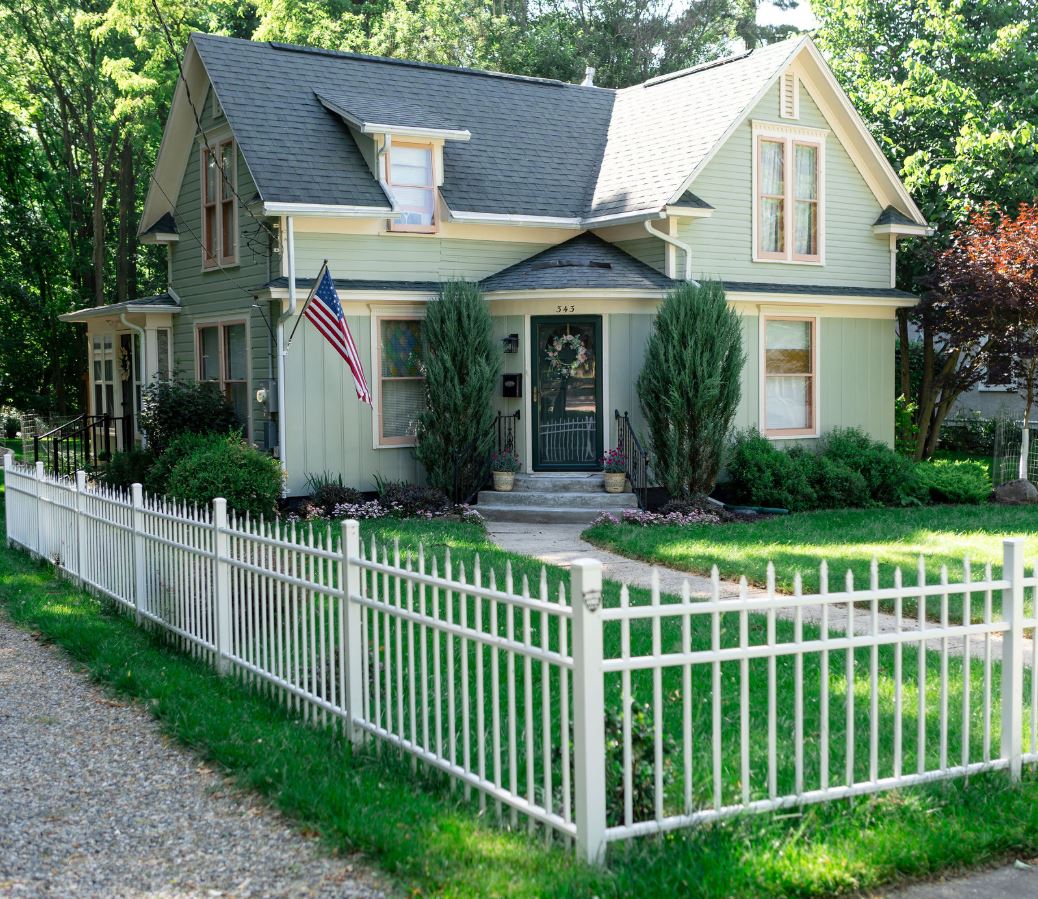
Paul Home – 343 High St.
Built in 1860, the Victorian cottage at 343 High Street has seen over thirteen owners, each adding a chapter to its story. Notable residents include Herbert Mann, Marshall’s first ward alderman, and Judge Russell Barnum, both of whom helped shape the town’s legacy.
After standing vacant for years, the home was purchased in 2019 by Carol Paul, who lovingly restored it with the help of friends and her husband—a gifted carpenter. Furnished with antiques sourced from Newport, Rhode Island, the cottage reflects both historical charm and personal craftsmanship.
Today, it stands as a beautifully preserved gem and a symbol of devoted stewardship in Marshall’s historic district.
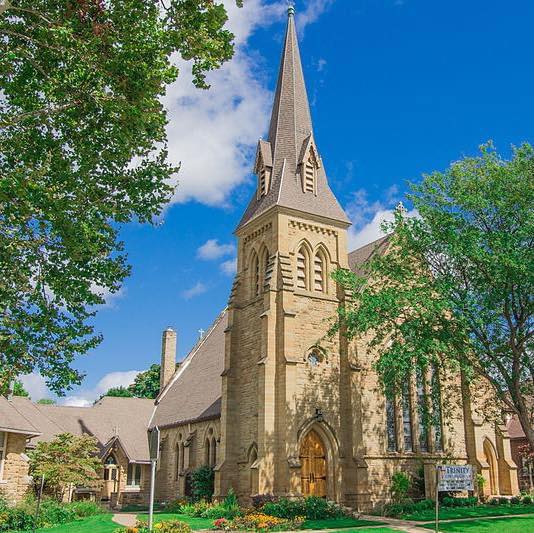
Trinity Episcopal Church – 101 E Mansion
Trinity Episcopal Church traces its roots to 1836, just five years after Marshall became the county seat of Calhoun County. The original parish, founded between 1836 and 1837, stood at Green and Eagle Streets—now the site of Zion Lutheran Church—and was established by Marshall’s founders, including James Wright Gordon, Montgomery Schuyler, and Charles T. Gorham.
The first marriage at Trinity was between Isaac E. Crary, Michigan’s first U.S. Representative, and Bellona Pratt, daughter of Chief Justice Abner Pratt. Crary and John D. Pierce also authored the education article of Michigan’s 1835 constitution, laying the foundation for the state’s public school system.
As Marshall grew, so did Trinity. In 1861, Rev. Montgomery Schuyler laid the cornerstone of the current church, designed by architect Lloyd George and built by Nathan Benedict. Despite financial hardship during the Civil War, Benedict completed the church and was honored with a lifelong pew (#42). A bronze tablet commemorates his sacrifice.
The Parish Hall was added in 1904, funded by Mary Curtis. Later, Harold C. Brooks and other prominent citizens supported Trinity’s expansion, including the 1967 Educational Wing, built for over $307,000. The church’s stained glass windows reflect the devotion of past parishioners and enhance its historic beauty.
Trinity remains the second oldest original church building in Marshall. On Saturday, September 6th, the Second Annual Stained Glass Tour will be led by historian and organist Brooks Grantier, with a reception at 8:30 AM.
Notably, Trinity’s Women’s Guild Council founded the Marshall Historic Home Tour in 1955, originally a kitchen tour. Their vision led to today’s celebrated event, now in its 60th year.
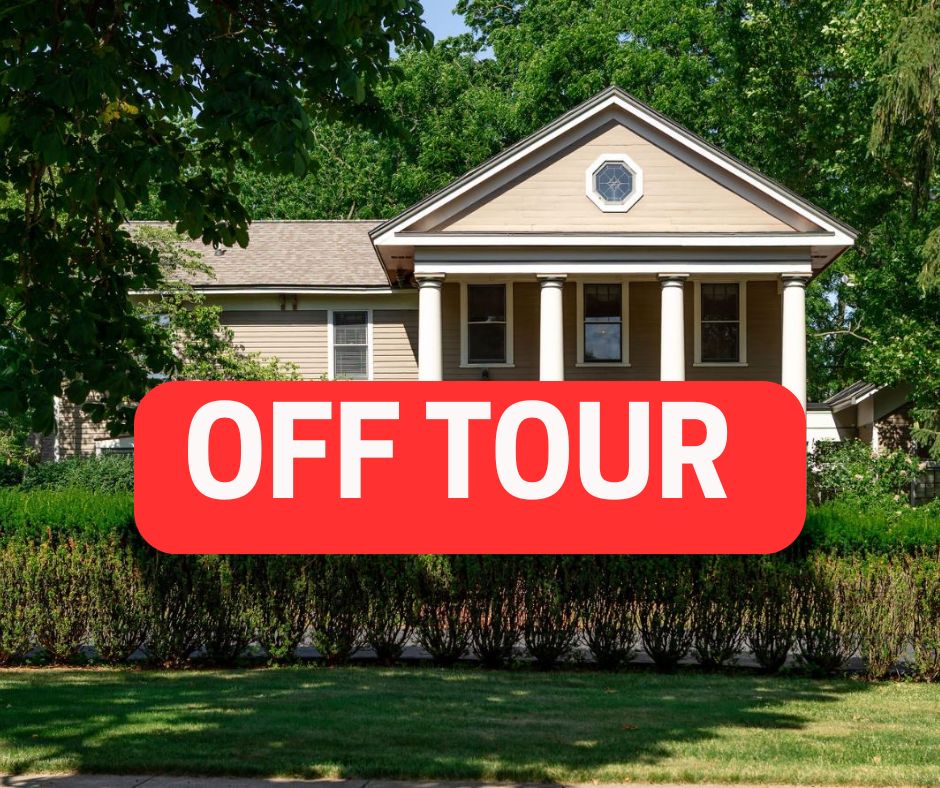
OFF TOUR
Vose/Reiter Home – 602 Kalamazoo Ave
Due to unforeseen circumstances, this home is no longer on the 2025 Home Tour.
Walnut Hill, located at 602 N. Kalamazoo Avenue in Marshall, Michigan, is a standout historic home built in 1857. This home reflects several classic architectural styles, including Italianate and Colonial Revival, typical of North Kalamazoo Avenue’s character. With more than 5,000 square feet on 1.5 acres, the home was designed for spacious, elegant living—featuring high ceilings, fine woodwork, brass fixtures, and hardwood floors. Its layout includes six bedrooms, three and a half bathrooms, and a grand 45 x 20 gathering room for entertaining. Over the years, Walnut Hill has been thoughtfully updated while preserving its historic charm. A major remodel in the 1980s and a restoration in 2021 brought modern upgrades—from a new kitchen and HVAC systems to custom cabinetry and lighting—while maintaining the home’s timeless beauty inside and out. Today, Walnut Hill stands as a beautifully restored landmark, blending 19th-century craftsmanship with present-day comfort, and remains a treasured part of Marshall’s heritage.




